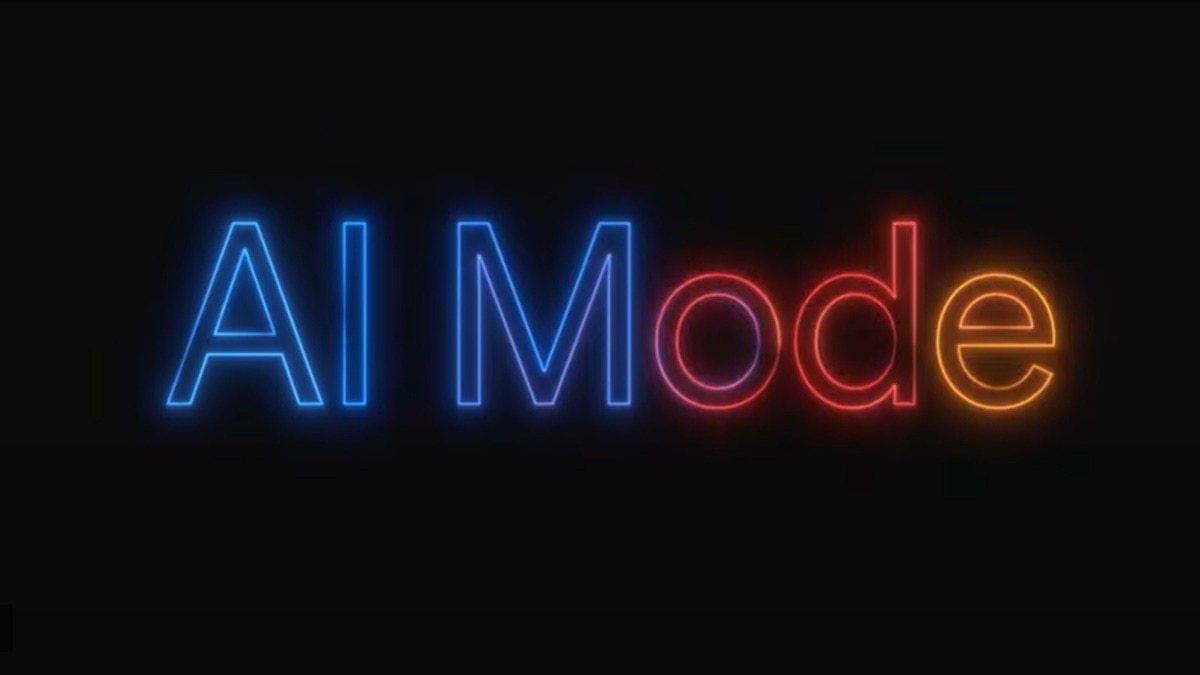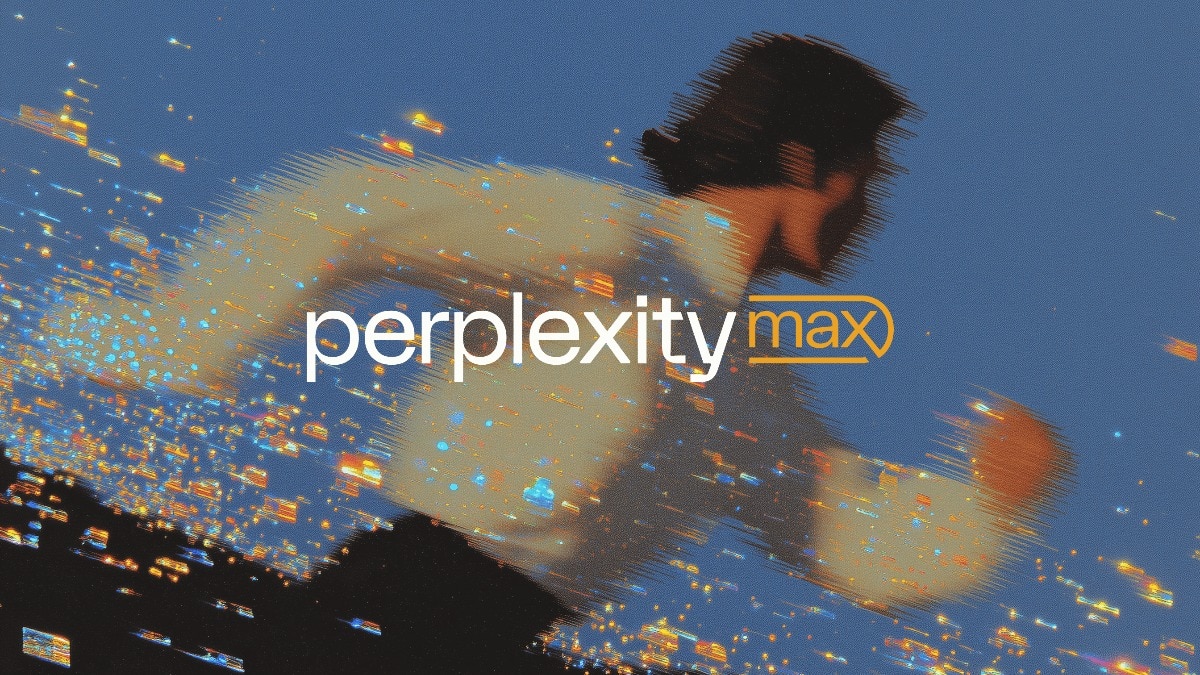Meta Platforms Investment in EssilorLuxottica: Focus on AI-Powered Wearables
Meta Platforms has secured nearly a 3% equity stake in the eyewear titan EssilorLuxottica, marking the company’s intensified interest in the realm of AI-powered wearables. This investment, approximated at €3 billion ($3.52 billion), occurs alongside Meta’s continuous initiative to fuse artificial intelligence into daily consumer goods.
Strategic Stake Acquisition
A reliable source informed Reuters on Tuesday about the acquisition of the stake. Although Meta has yet to publicly discuss this development, the company is reportedly considering a larger investment in the future, aiming to escalate its share to about 5%, as per Bloomberg News.
Launch of Innovative Wearables
The announcement comes after Meta unveiled the Oakley Meta HSTN smart glasses, building on the triumph of the Ray-Ban Meta series. The latest Oakley model is equipped with a high-resolution hands-free camera, open-ear speakers, water resistance, and embedded Meta AI tools, appealing to a consumer base that is progressively attracted to multi-functional wearable technology.
Partnership with EssilorLuxottica
Meta’s collaboration with EssilorLuxottica initiated in 2023 with the introduction of the Ray-Ban Meta smart glasses, which have achieved millions of sales since their debut. This partnership fuses Luxottica’s design expertise with Meta’s expanding AI ecosystem, which continues to grow through substantial infrastructure investments amounting to billions of dollars.
Future Production Plans
In February, Francesco Milleri, CEO of EssilorLuxottica, expressed intentions to boost production capabilities for smart glasses, anticipating an expansion of collaboration with Meta across various brands within its portfolio.
Implications for the AI Wearable Market
As the competition intensifies in the AI wearable sector, Meta’s strategic investment is set to not only advance hardware innovations but also reinforce its position in the rapidly evolving market for consumer-facing smart devices.









